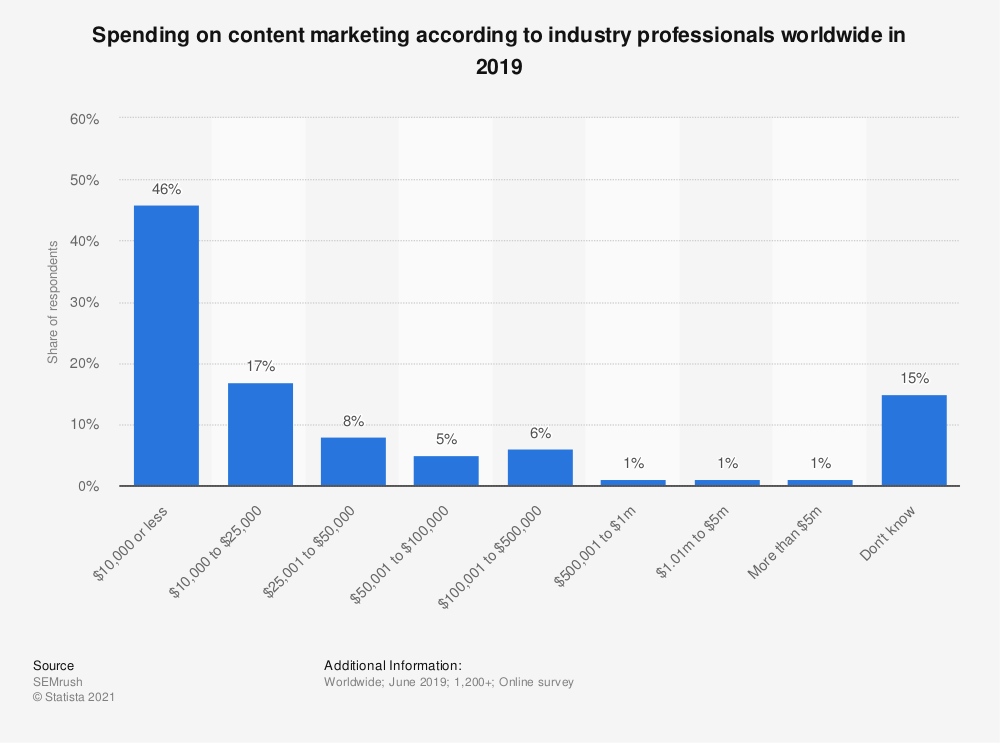More profit on Amazon through good content marketing
Written by
Editorial TeamPublished on

What is content marketing?
“Content is king” is the marketing industry’s motto. On many channels, content marketing has already been a natural communication strategy for years in order to reach the target group with valuable and relevant content and to accompany them on the entire customer journey.
Good content is therefore essential for functioning and profitable performance marketing, which is why this marketing component has gained an increasing momentum and importance.
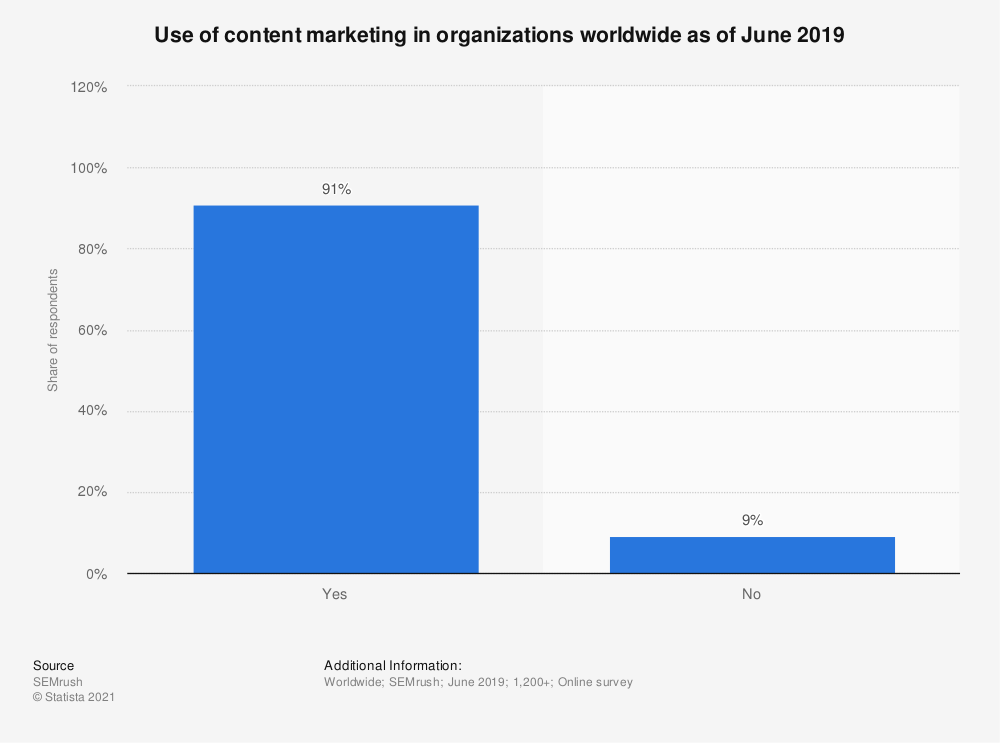
While content is indispensable on social media channels and many other platforms, it is often underestimated on Amazon.
However, the development of the marketplace giant clearly shows the rising relevance of high-quality content. The space that creatives now occupy on the platform alone has radically grown in recent months.
It’s only been possible to run video campaigns since Q3 last year, to include lifestyle images into sponsored brands campaigns for only a few months, to create seasonal Amazon Store versions and to integrate videos into the product listing with just one click.
Despite this, the effectiveness of content marketing on Amazon is still underestimated and therefore receives little attention. It is not uncommon to see product pages on Amazon with only one main image and less than 20 characters of bullet points. Ultimately, as on all the other platforms, Amazon is about people with individual problems, needs and goals that need to be addressed with a judicious content strategy.
Products do not sell with aggressive advertising alone. Content and performance marketing must speak the same language in order to be successful on Amazon.
However, because this still plays a subordinate role for many Amazon sellers, we will go into detail about the importance of content marketing on Amazon in this article.
Why can’t content marketing on Amazon be neglected?
Every marketer knows that good visual content is essential. After all, 90% of the information transmitted to the brain is perceivable (Hubspot, 2017). The average person reads only 20% of the text, but looks at every image (Carine, 2018). Furthermore, visual material is processed 60,000 – times faster in the brain than text. If a person reads a piece of information, his or her ability to remember it after three days is just 10 percent (Schmidt, 2020).
Accordingly, visual content is becoming more and more relevant. Potential customers want to read less and less, online shoppers want to shop and make purchasing decisions faster. For sellers, this means that the information suitable to the decision must be presented to the customer on a silver platter.
With a poor product listing, performance marketing will also suffer. Ultimately, advertising is only a multiplier of the listing. If the latter is not optimized for the target group, this has a direct impact on the PPC campaigns.
To understand this context more clearly, imagine searching for a waterproof backpack on Amazon. You click on the first product in the search results, look through the product images, glance over the bullet points and find no indication of whether the backpack is waterproof or not. The likelihood that you will search somewhere in the depths of the product description or in the FAQs for such a trivial piece of data is very low. What is more likely is that you will leave the listing to find a competitor who presents this information to you on a silver platter.
The consequences for the first online retailer are a poor ROI and a high ACOS in the PPC campaigns. Furthermore, a low conversion rate and a falling ranking under actually relevant keywords follow.
If the content had been optimized accordingly, the main UPS’s implemented and the customer’s questions answered, this would result in more sales, a better conversion rate and thus less associated advertising costs.
Content marketing therefore already pays for itself in the short term for the retailer, as the advertising campaigns automatically become more profitable, ranking and relevance under the relevant keywords increase and thus at the end of the day more profit remains.
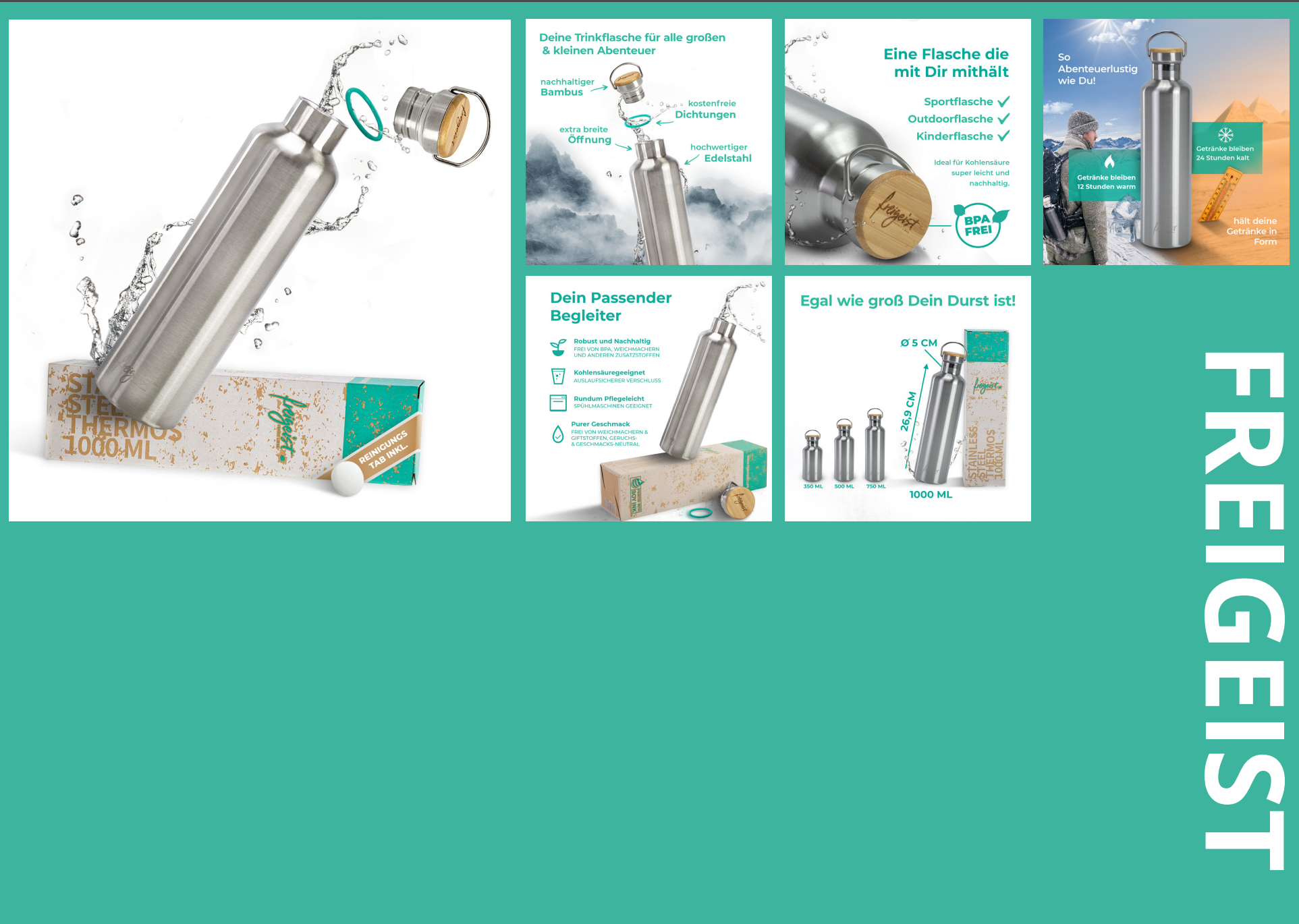
It is not without reason that Amazon offers several possibilities to optimize the listing in a target group-oriented way. Touch points such as the A+ content offer the retailer space for a detailed product presentation. Not only can the conversion rate be increased, but also better purchasing decisions can be made due to a good basis of information, which in turn can lead to fewer returns and more positive reviews. This effect is particularly significant in the case of compatibility, complex products or decisive size ratios. Furthermore, a suitable layout, in which social proof is generated in addition to emotions, can draw the attention of competing products that are placed in the advertising slots on one’s own listing.
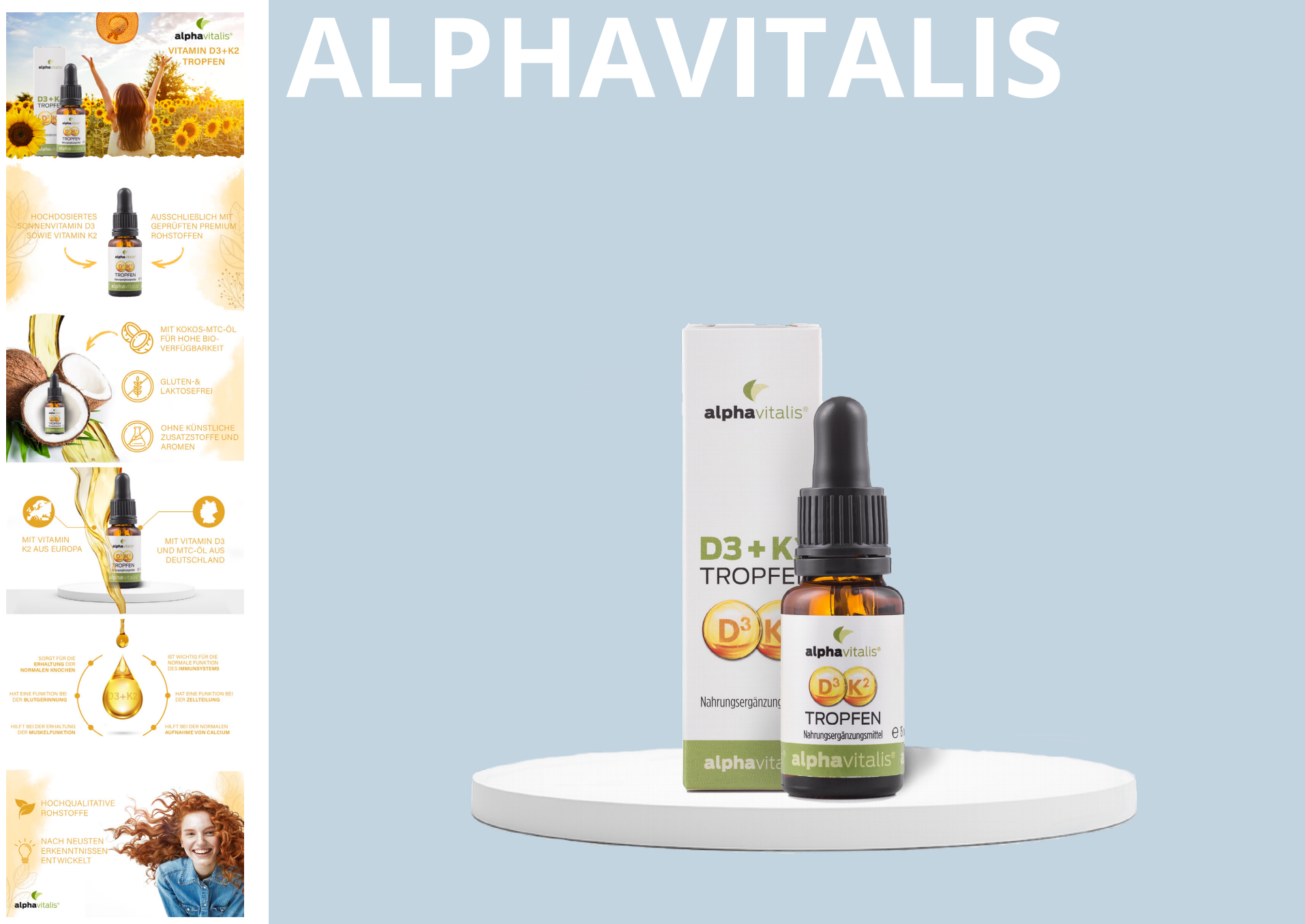
At the beginning, good and high-quality content is an investment. But we speak from experience when we say that it pays for itself quickly.
What makes a good listing?
People buy from people – also on Amazon.
Sellers often perceive the algorithm as so important that keyword stuffing is done in long texts where creatives actually belong.
The A+ content on Amazon, for example, has so little SEO relevance that the long texts hardly bring anything except a poor conversion rate, because online shoppers no longer read long texts, as explained above.
And the Amazon algorithm hates a poor conversion rate.
It is therefore important to pay attention to the customer and the algorithm when creating content and to differentiate between those two parties.
The algorithm, i.e., the SEO relevance, mainly includes titles, bullet points and backend keywords. Of course, keywords can be added to the meta descriptions or the product description in the backend; however, from experience, these do not make any pertinent differences.
The customer, however, especially owns the product images and the A+ content in the listing. As is well known, the eye also buys. This makes it all the more important to convince the target group here. In the mobile version in particular, only the top two bullet points are often displayed, which is why it is all the more important to communicate all relevant information and purchase arguments in the product images.
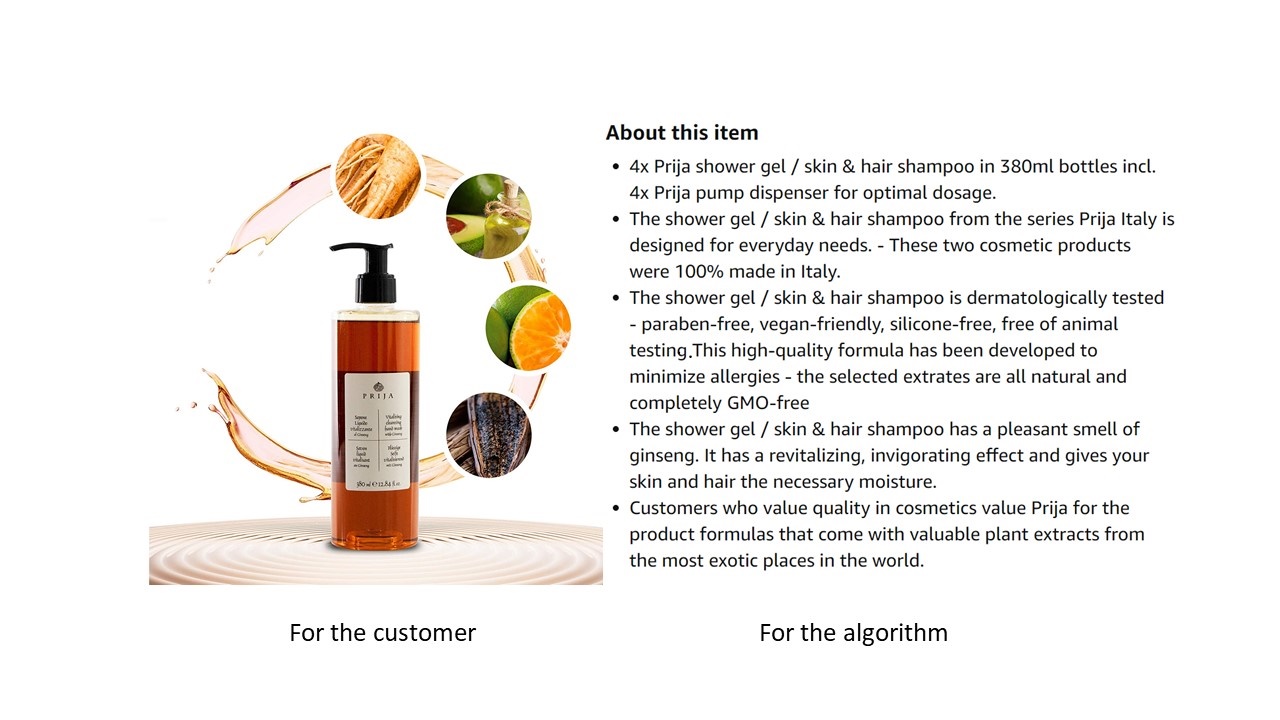
The listing replaces the salesperson in retail. In contrast, however, the customer cannot ask the listing any questions regarding the application and functions. The buyer cannot touch the listing to evaluate the material. Sizing is more difficult to assess. Therefore, it is crucial that the listing answers all possible questions. Details, functions, applications, and proportions are important and must be presented as realistically as possible.
In most cases, customers do not go on a specific product search out of boredom. If they are looking for a waterproof backpack, they will usually buy one.
Knowing the problem or need of your target group is crucial to address it directly in your listing.
If you are selling a bath mat, for example, the USP of slip resistance is the main focus here, as the concern for other people is the main consideration when buying. If the product is for children, buzzwords like toxin-free and BPA-free are also relevant.
Amazon shoppers go on a product search to be convinced. If you manage to communicate your product and its advantages in contrast to the competition in a comprehensible way in a short time, you have made it.
Step by Step. Our strategy for successful content marketing
A clean concept is the basis. You should not start without a strategy. Because sellers themselves are often already blind to their own product, it is helpful to call in content specialists.
Since the most diverse goals can be achieved with content, it is highly relevant to define your own goals. Besides more brand awareness through skilful branding
and reasonable touchpoints, more sales, a lower return rate or better ratings, many effects can be pursued. Especially a higher click-through-rate and a better conversion rate are important KPIs that can be influenced with content marketing
Once the goal is clear, the target group needs to be scrutinized: Who belongs to the target group? In what situation are they and with what concerns and problems do they come to the listing? Which triggers do they respond to?
In order to ultimately create the right content for the target group, the product must be examined for its USP’s. Otherwise, it will be difficult to create individually convincing content. To do this, it helps to ask what problems the product solves. While online retailers know their product better than anyone else, it is not uncommon for the USP’s to seem too self-evident that they no longer seem worth mentioning. This is where it is helpful to get outside advice.
When creating and implementing sales arguments, however, the product should be presented honestly and authentically. Instead of unrealistically raising expectations, it is better to remain transparent. For example, in the product images of reusable coffee capsules, we not only mention how much more environmentally friendly and sustainable they are, but also that the result is highly dependent on the coffee powder and that it may take several attempts before the coffee tastes the same as from conventional capsules.
Products are problem solvers and an investment in quality of life. Whether the coffee capsule makes your life more sustainable, a calendar structures your everyday life or a household cleaner ensures more hygiene in the kitchen – this must be conveyed in the content. Draw people in their target state and communicate your USPs not as hard facts, but formulate them as advantages for the customer.
Then comes the design process. In addition to high quality and well-thought-out storytelling, this is about visually implementing the USPs in the graphics. The details must be highlighted and be all-round target group oriented so that the future customer understands the product with just a few clicks and has no other choice but to click “Add to cart”.
Final Thoughts
Content and performance marketing must be on a common denominator. The importance of this interaction can no longer be ignored on Amazon. Use the content features that Amazon offers and put the customer with his problems and needs in the foreground. Online shoppers don’t want to waste time, they want to get confirmation in their product search as quickly as possible. The investment in high-quality content will pay for itself in the short term – so as an online retailer, don’t save money in the wrong places!
